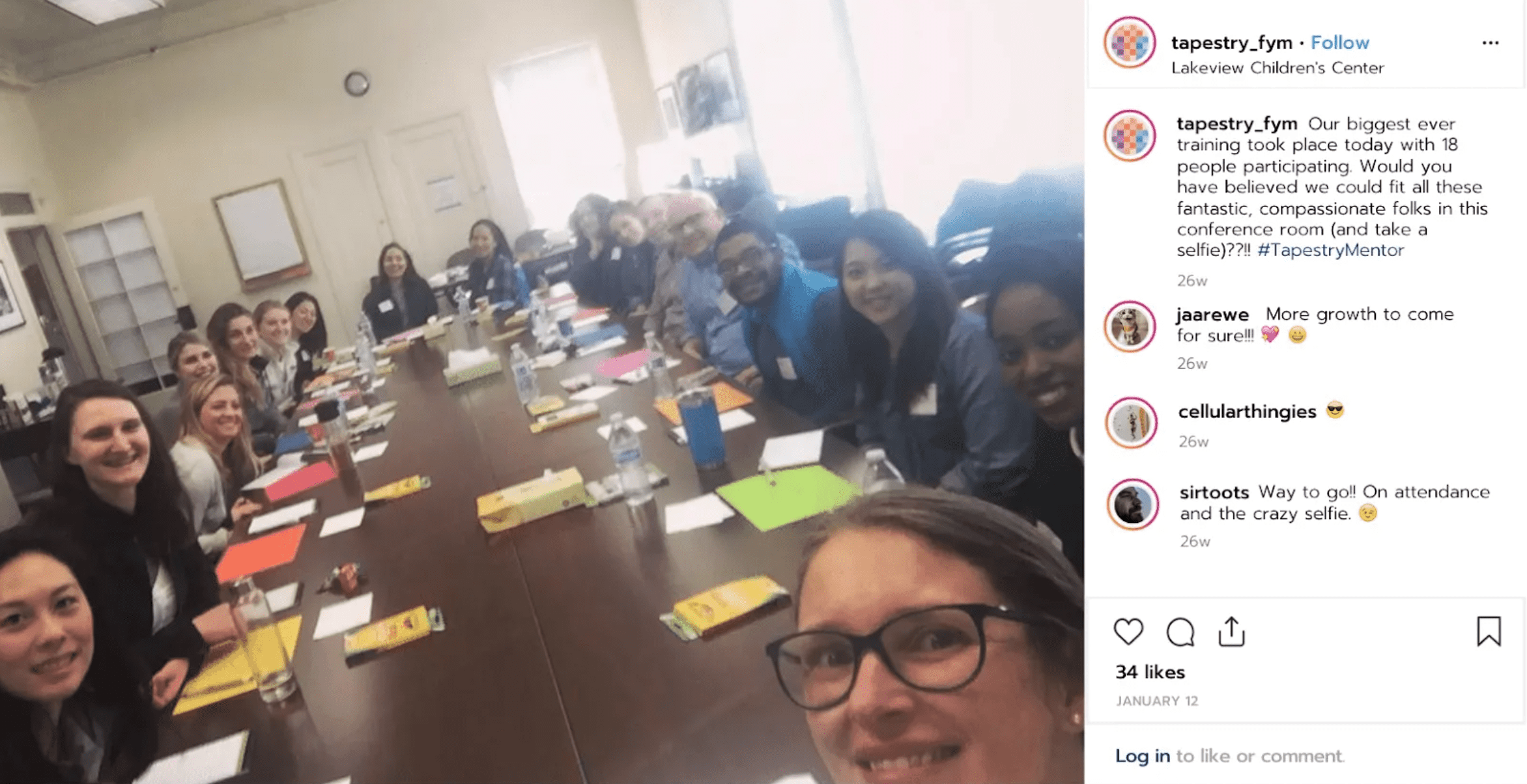First, a Sports Night scene to set the mood:
CASEY: Finish the story.
DAN: The story is, we had a conversation. Seriously. Someone had clearly briefed her on my stuff with the public schools and I told her about my opposition to secular programs that are publicly financed. I really spoke up and she seemed to listen.
CASEY: You mean non-secular.
DAN: What do you mean?
CASEY: You don’t oppose secular programs that are publicly financed. You oppose non-secular programs that are publicly financed.
DAN: Yes.
CASEY: Go on.
DAN: Wait.
CASEY: I’m right.
DAN: Are you sure?
CASEY: Non-secular means bound to religious guidelines. Secular means free of religion.
DAN: (Thinking.) Okay. I’m sure I got it right at breakfast.
CASEY: Fifty-fifty chance.
(DAN is still pondering the odds that he got it right.)
CASEY: So go on.
(A distracted DAN reaches for a change of clothes.)
DAN: I’m gonna go and change my clothes.
CASEY: Okay.
(DAN drops the clothes to the floor.)
DAN: I didn’t get it right.
CASEY: I know.
DAN: I blew it.
CASEY: Yes.
DAN: I mixed up! I inverted the definitions of secular and non-secular!
CASEY: Looks like that might be the case.
DAN: Hilary Clinton thinks I’m an idiot!
CASEY: Either that or a religious bigot.
I wanted to open with a little levity as a heads up about some decidedly non-secular programming. I’ve talked about God and science previously on this blog, but the link below steps things up a theological notch, I think.
I was asked to preach at St. Francis House a couple Sundays back, and I decided that what I came up with was too CSC-ish not to post here. Of course, this blog isn’t publicly financed, and I’m not a religious bigot (in fact, I’ve danced around some wording to avoid confronting a tough passage that one author calls “disturbing [] to our pluralistic ears,” which mine decidedly are), but I nevertheless just wanted to mention the original context of the link below.
Anyway, feel free to have a look if you’re so inclined (here).
Update: The link should be working now. Sorry, I thought I’d thoroughly tested that the place I’d posted it before was publicly accessible, but apparently it wasn’t. Thanks to whoever brought it to my attention.

